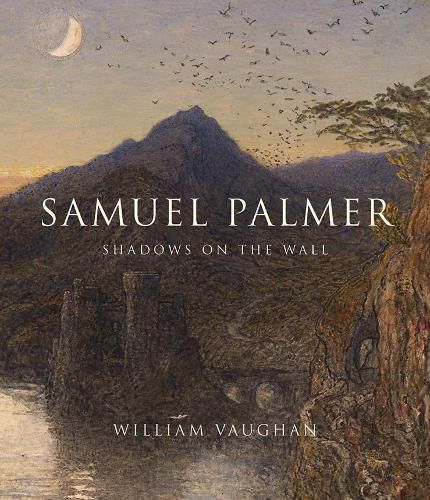Readings Newsletter
Become a Readings Member to make your shopping experience even easier.
Sign in or sign up for free!
You’re not far away from qualifying for FREE standard shipping within Australia
You’ve qualified for FREE standard shipping within Australia
The cart is loading…






Samuel Palmer (1805-1881) was one of the leading British landscape painters of the 19th century. Inspired by his mentor, the artist and poet William Blake, Palmer brought a new spiritual intensity to his interpretation of nature, producing works of unprecedented boldness and fervency. Pre-eminent scholar William Vaughan-who organized the Palmer retrospective at the British Museum and The Metropolitan Museum of Art in 2005-draws on unpublished diaries and letters, offering a fresh interpretation of one of the most attractive and sympathetic, yet idiosyncratic, figures of the 19th century. Far from being a recluse, as he is often presented, Palmer was actively engaged in Victorian cultural life and sought to exert a moral power through his artwork. Beautifully illustrated with Palmer’s visionary and enchanted landscapes, the book contains rich studies of his work, influences, and resources. Vaughan also shows how later, enthralled by the Pre-Raphaelite movement, Palmer manipulated his own artistic image to harmonize with it. Little appreciated in his lifetime, Palmer is now hailed as a precursor of modernism in the 20th century.
$9.00 standard shipping within Australia
FREE standard shipping within Australia for orders over $100.00
Express & International shipping calculated at checkout
Samuel Palmer (1805-1881) was one of the leading British landscape painters of the 19th century. Inspired by his mentor, the artist and poet William Blake, Palmer brought a new spiritual intensity to his interpretation of nature, producing works of unprecedented boldness and fervency. Pre-eminent scholar William Vaughan-who organized the Palmer retrospective at the British Museum and The Metropolitan Museum of Art in 2005-draws on unpublished diaries and letters, offering a fresh interpretation of one of the most attractive and sympathetic, yet idiosyncratic, figures of the 19th century. Far from being a recluse, as he is often presented, Palmer was actively engaged in Victorian cultural life and sought to exert a moral power through his artwork. Beautifully illustrated with Palmer’s visionary and enchanted landscapes, the book contains rich studies of his work, influences, and resources. Vaughan also shows how later, enthralled by the Pre-Raphaelite movement, Palmer manipulated his own artistic image to harmonize with it. Little appreciated in his lifetime, Palmer is now hailed as a precursor of modernism in the 20th century.